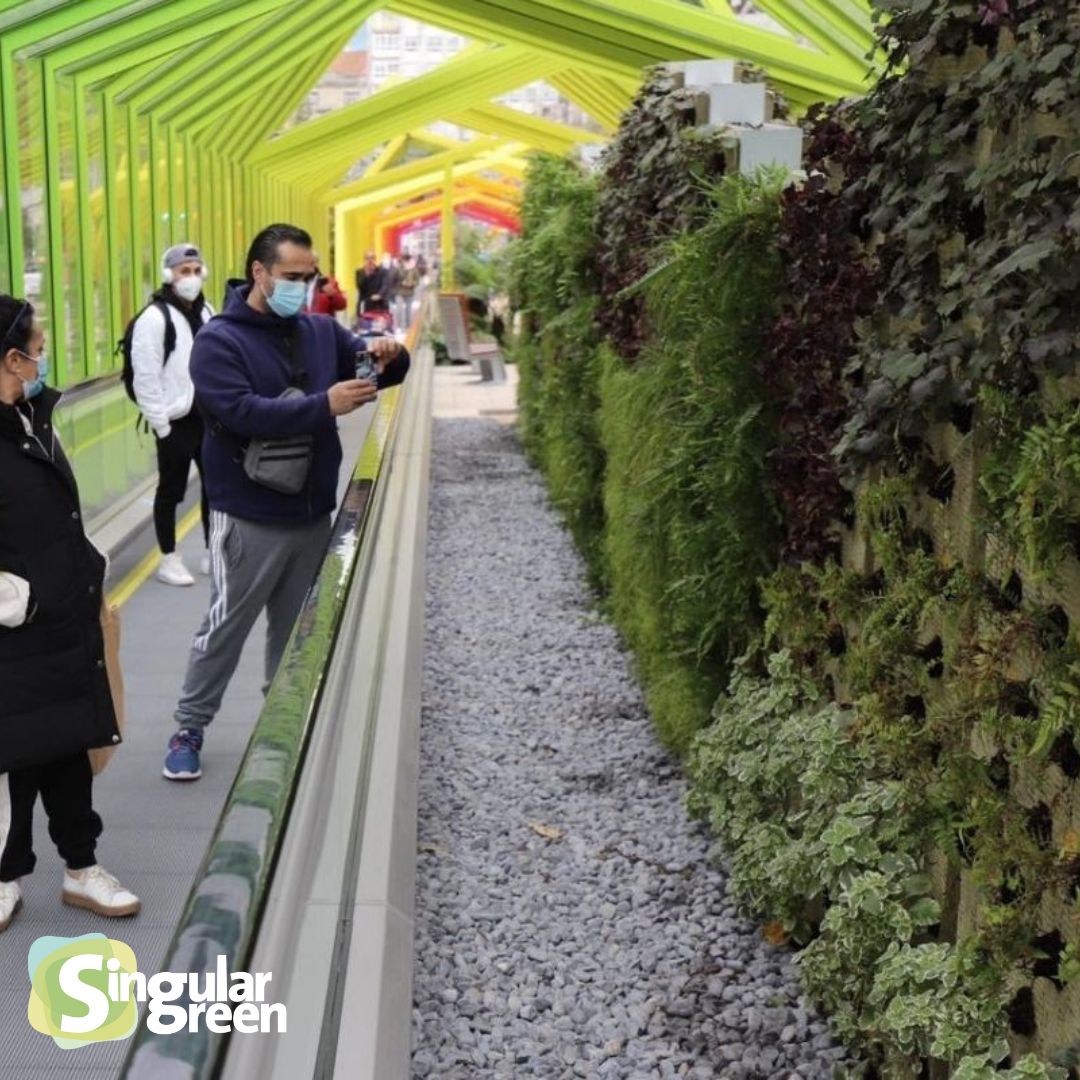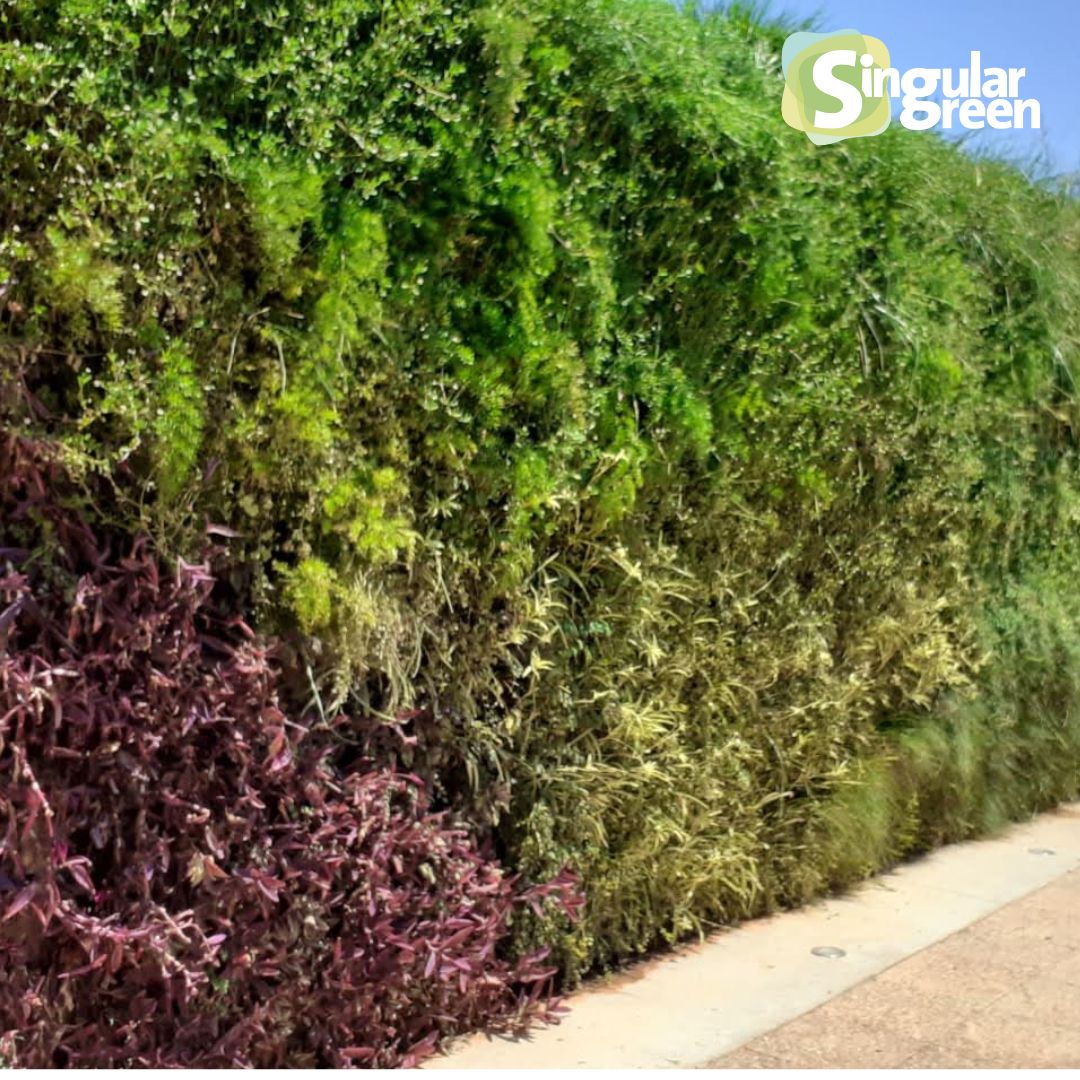Extensive roofs’ are currently gaining popularity due to their multiple environmental and energy efficiency benefits.
Extensive roofs are characterised by their low maintenance requirements, as they use vegetation that does not need constant watering or special care.
In this article, we will explore what extensive roofs are, how they differ from intensive roofs, their advantages, how to adapt them to different climates, and share practical examples and recommendations.
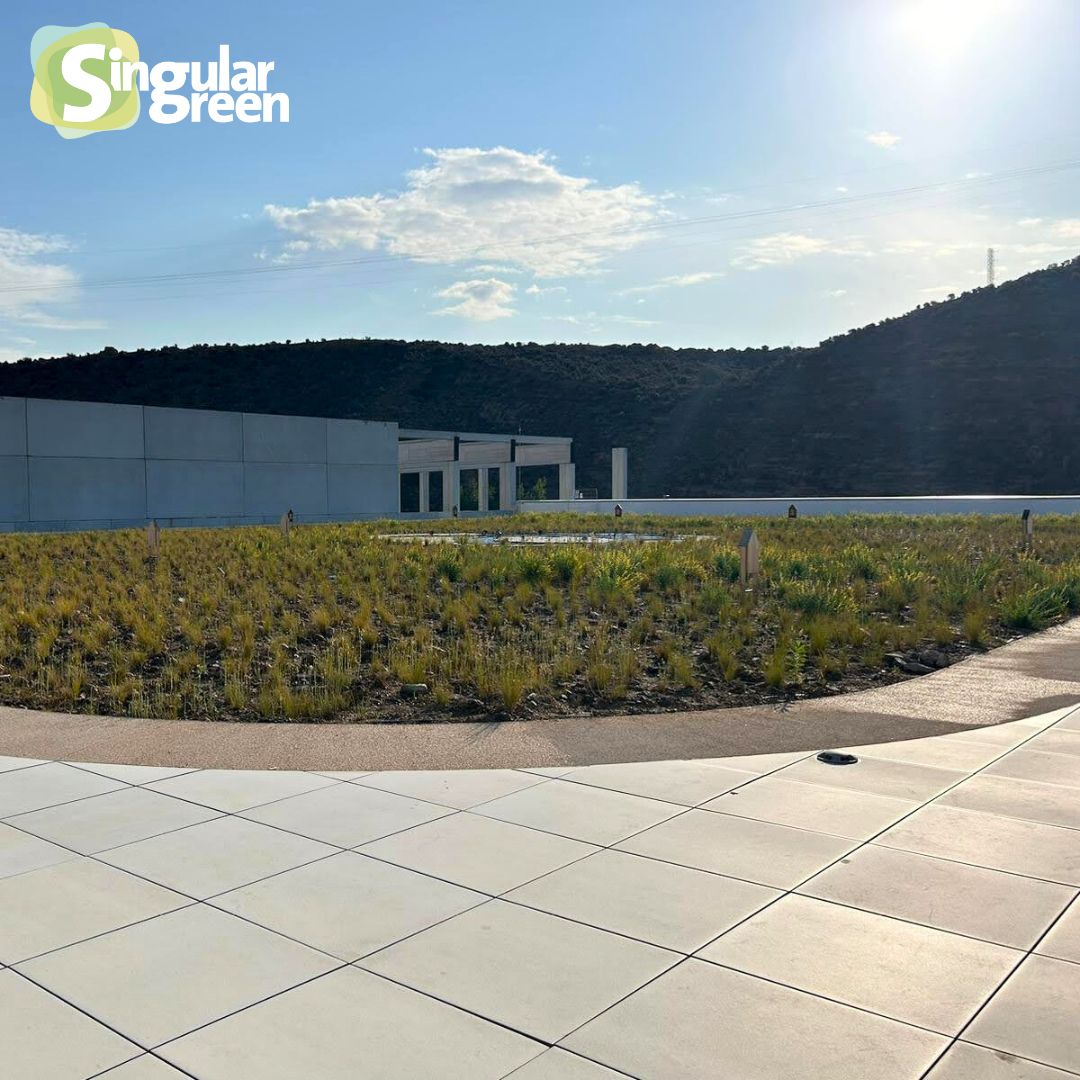
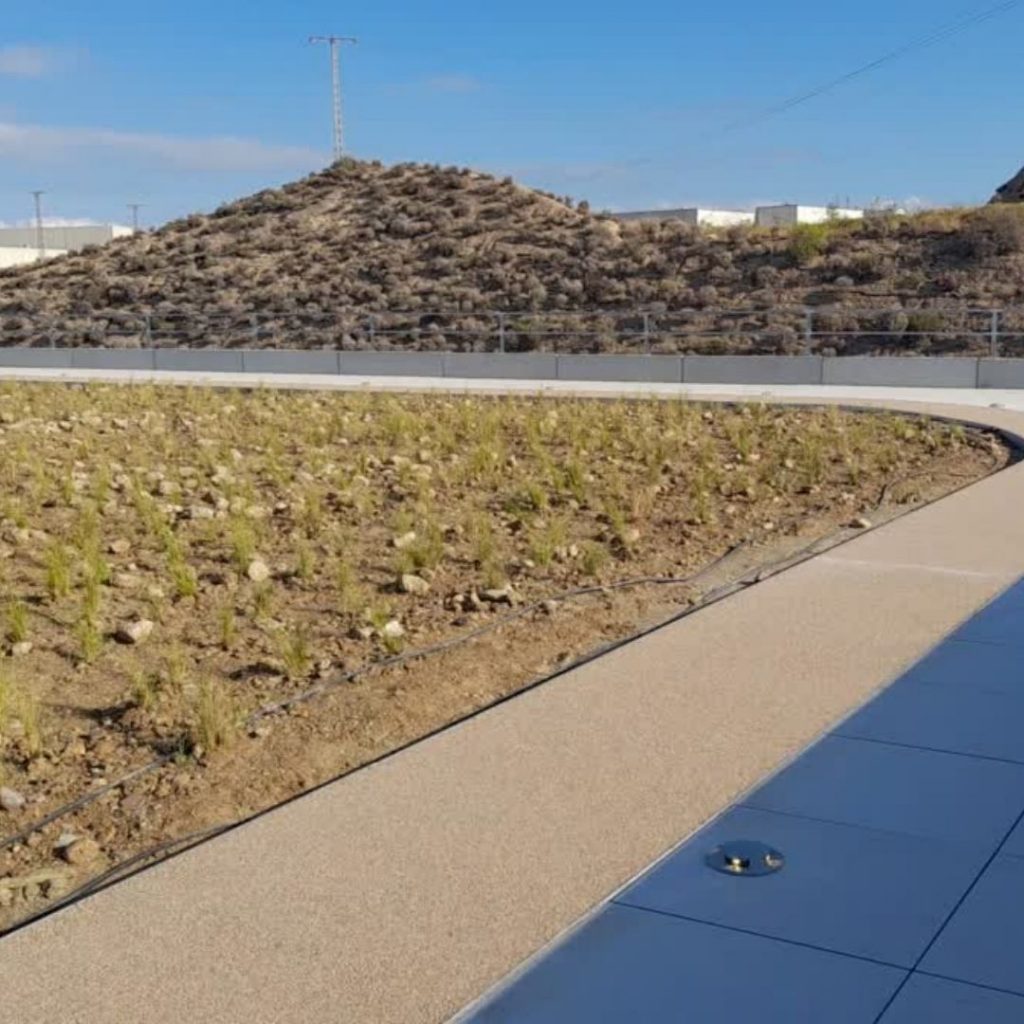
Differences between extensive and intensive canopies
To better understand extensive roofs, it is crucial to differentiate them from intensive roofs. Extensive roofs are roofs that, once installed, function autonomously.
They use a thin substrate and resistant vegetation that does not require frequent watering or maintenance.
Intensive roofs, on the other hand, are more similar to a traditional roof garden, requiring regular watering, fertilisation and pruning. These differences determine not only the type of plants used but also the use and maintenance that each type of rooftop will require.
In our experience, the choice between an extensive and an intensive rooftop depends largely on the local climate and the purpose of the rooftop.
For example, in cities such as Madrid or Alicante, where rainfall is low in summer, an extensive canopy may not be viable without some form of irrigation, which contradicts its traditional definition.
Benefits of extensive canopies
Extensive roofs offer several significant benefits:
- Energy efficiency: They help regulate the temperature of the building, reducing the need for air conditioning in summer and heating in winter.
- Sustainability: They use native vegetation that does not require constant watering, contributing to water conservation.
- Biodiversity: They promote urban biodiversity by providing habitats for various plant and insect species.
- Aesthetics: They add aesthetic value to buildings, improving their integration into the urban environment.
These benefits make extensive roofs an attractive option for those looking for low-maintenance and environmentally friendly solutions.
Adapting extensive roofs to different climates
The success of an extensive roof depends to a large extent on its adaptation to the local climate.
In Mediterranean or continental climates, such as those of much of Spain, it is essential to choose plants that can survive with little water and in conditions of high sun exposure.
Grasses and other native species are ideal for this purpose.
In our experience, extensive canopies in places like Alicante or Madrid require careful planning. Emergency irrigation systems need to be considered for the drier months. Although traditionally an extensive canopy should not need irrigation, in these climates, occasional irrigation can be essential to keep the vegetation alive and functional.
Extensive cover implementation and maintenance
The implementation of an extensive roof begins with the installation of a suitable waterproofing layer to protect the building structure.
This is followed by a drainage layer to prevent water accumulation and a light substrate layer to allow vegetation to grow.
In the case of extensive roofs, maintenance is minimal. However, it is important to carry out periodic inspections to ensure that the drainage system is working properly and to remove possible weeds.
In our experience, the use of a remote control system for irrigation and fertilisation can be an excellent way to ensure that the canopy is maintained in good condition with minimum effort.
Case study: Extensive canopies in Spain
An outstanding example of extensive canopies in Spain is the project carried out by SingularGreen in Finestrat. This project included 590 m² of landscaping divided into several canopies, some with grass (intensive) and others with a mixture of subshrub and flowering species.
During installation, special attention was paid to the waterproofing and drainage system to ensure the durability and functionality of the roofs. These projects demonstrate that, with proper planning, it is possible to implement extensive roofs even in challenging climates.
Innovations in extensive roofing
Innovations in the field of extensive roofing continue to advance, improving both the efficiency and sustainability of these systems.
Technologies such as hydroporous irrigation systems and the use of recycled materials for water retention are changing the way we design and maintain green roofs. These innovations not only make it easier to implement extensive roofs in difficult climates but also improve their long-term performance.
Step-by-step to an ‘almost’ extensive roof
In this project we started with the waterproofing layer, the slabs were already insulated and the subsequent formation of slopes. In this case we opted for waterproofing with PVC sheeting because of its resistance to root penetration.
Once the waterproofing was installed, the drains were sealed and the watertightness test was carried out, filling the decks with water and checking over a couple of days to ensure that there were no leaks.
The next steps were the laying of the separating layer, the drainage layer and the filter layer.
In the case of the cantilever roofs, a 100 g/m2 non-woven polypropylene geotextile was installed as a separating layer, a nodular high-density polyethylene sheet as a drainage and retention layer, and a 500 g/m2 non-woven 100% recycled polyester geotextile as a filtering and absorbent layer.

Once these three layers were installed, it was time to distribute part of the substrate, which arrived on site in big bags. The transport of this material to the work points was possible thanks to the boom we had on site.
After having spread a first layer of substrate, we proceeded to lay the irrigation by means of polyethylene main pipes to which exudative pipes were connected.
This system was hidden under a second layer of substrate.
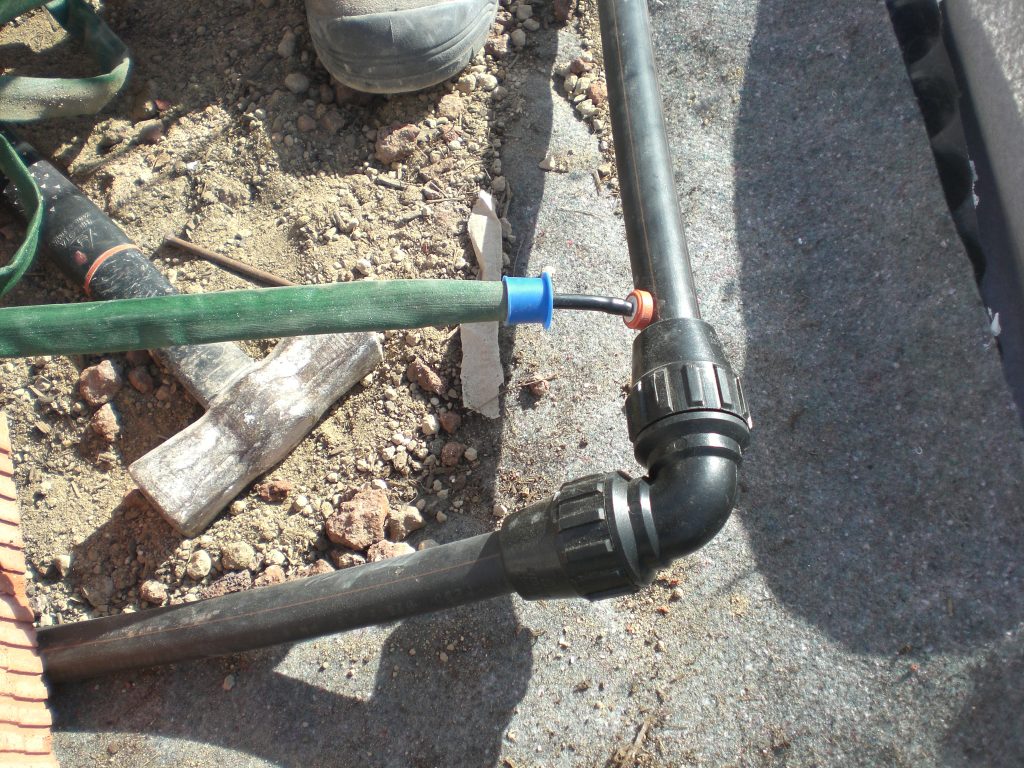
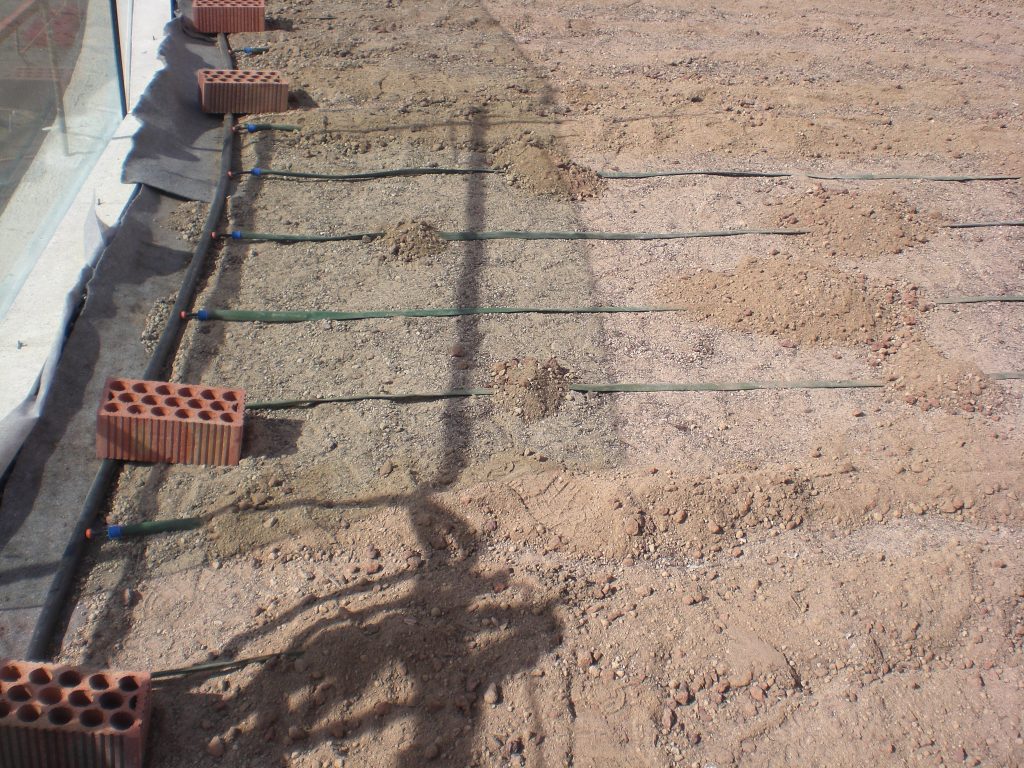
Before laying the second layer of substrate that would hide the pipes in the case of the cantilever roofs, we went on to solve the details of the drains and the perimeters. As we said at the beginning, installing irrigation contradicts the concept of extensive roofing, so being purists, it could not be considered as such, but in this case the viability of the vegetation was paramount.
In this case, the retaining blanket was used to create perimeters that prevented the passage of soil.
These were then filled with gravel.
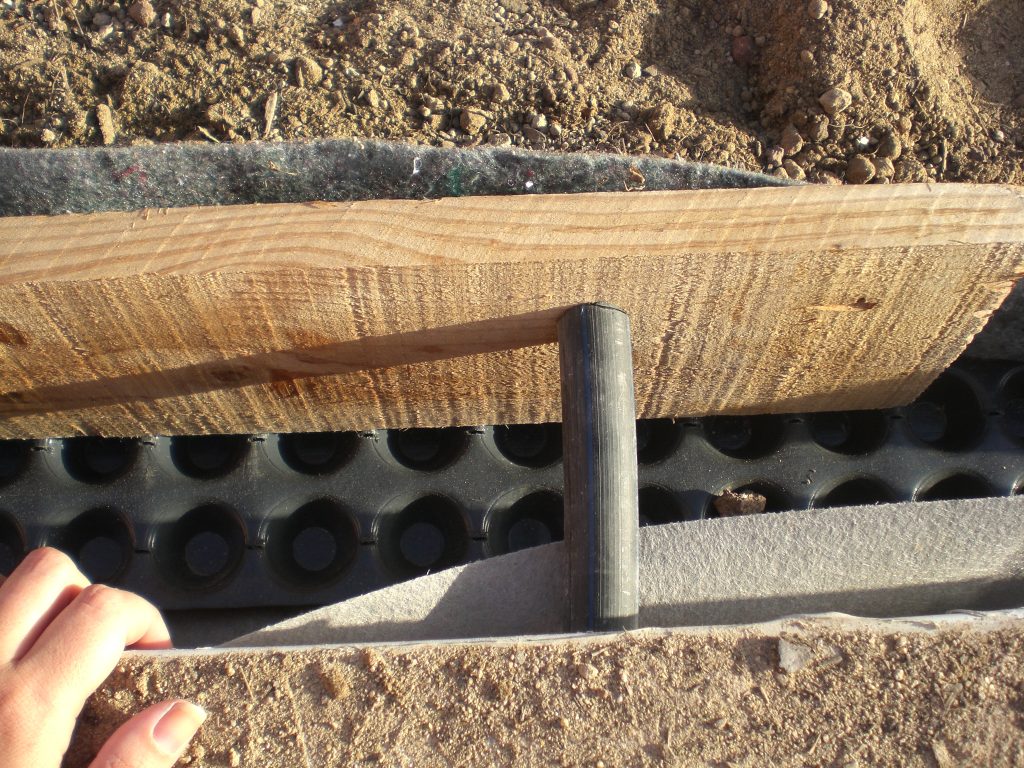
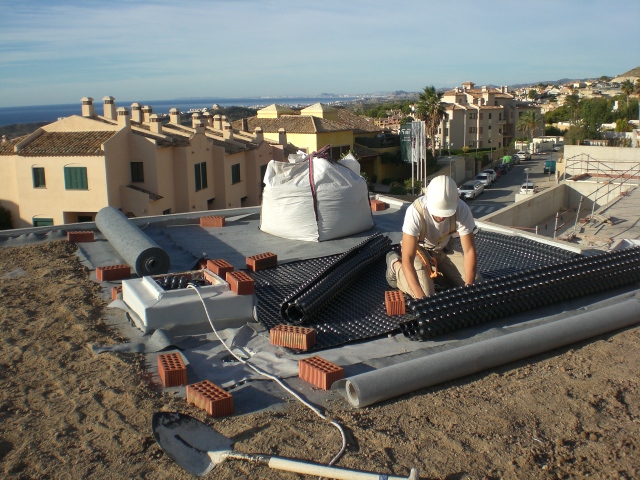
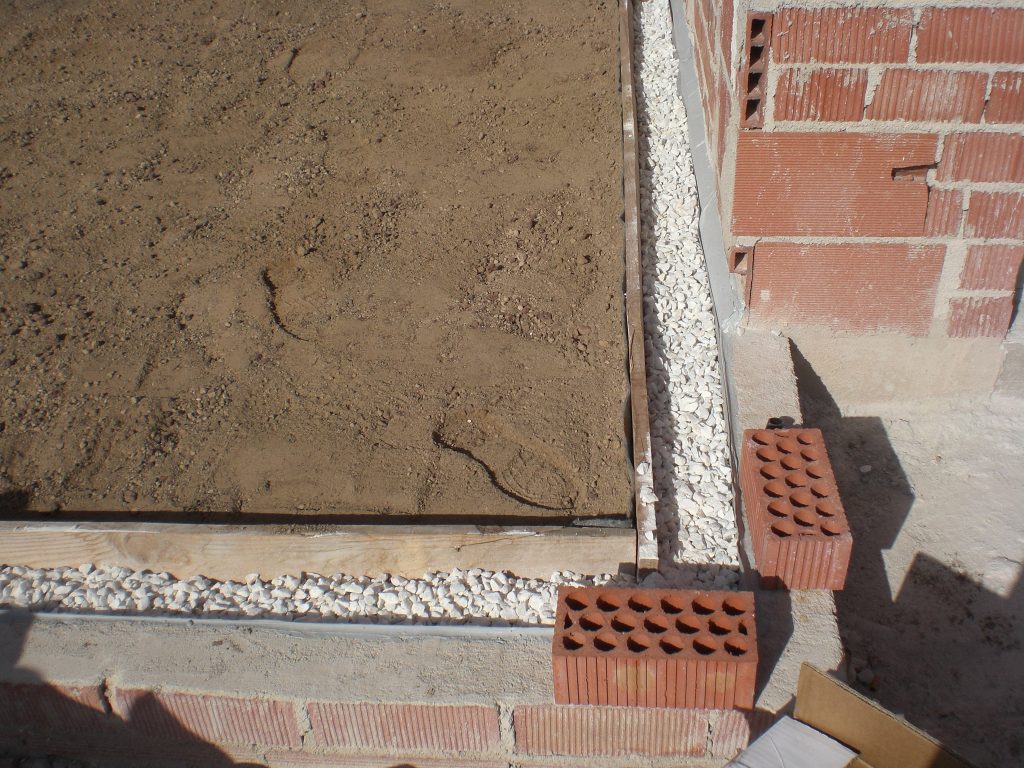
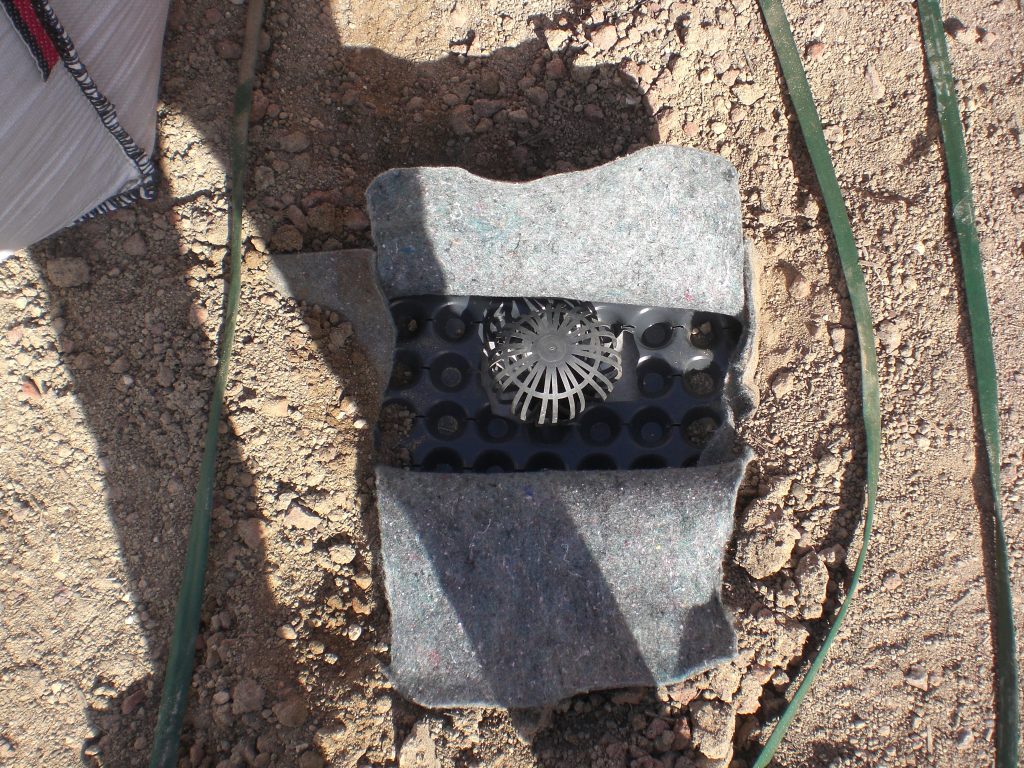
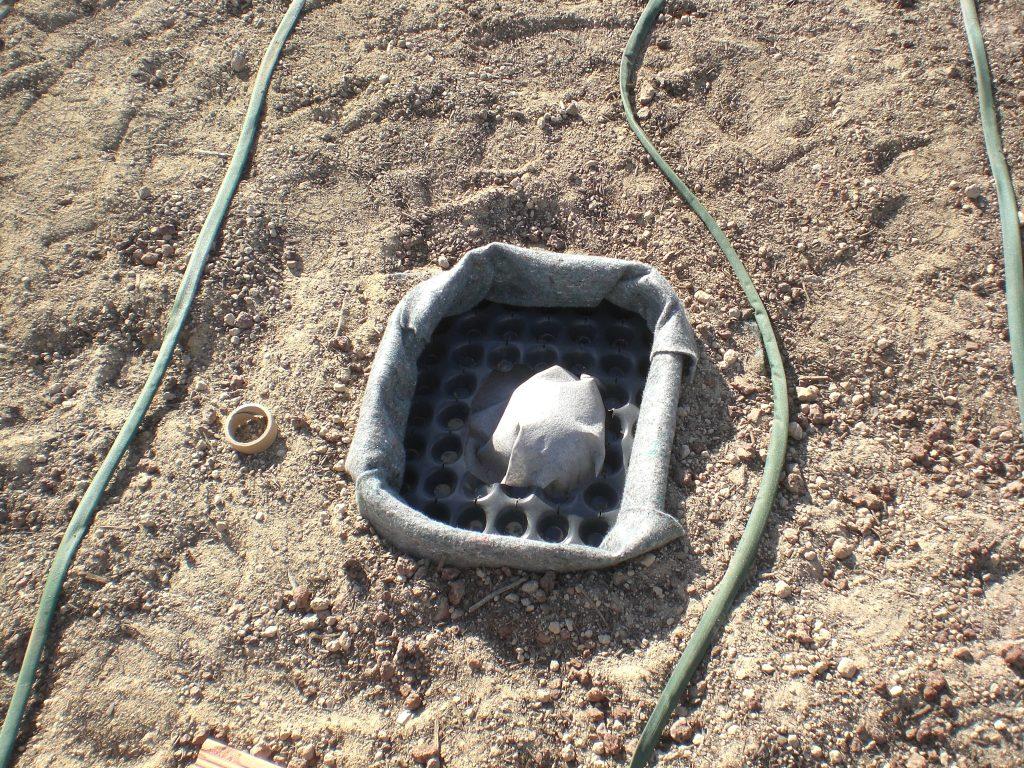
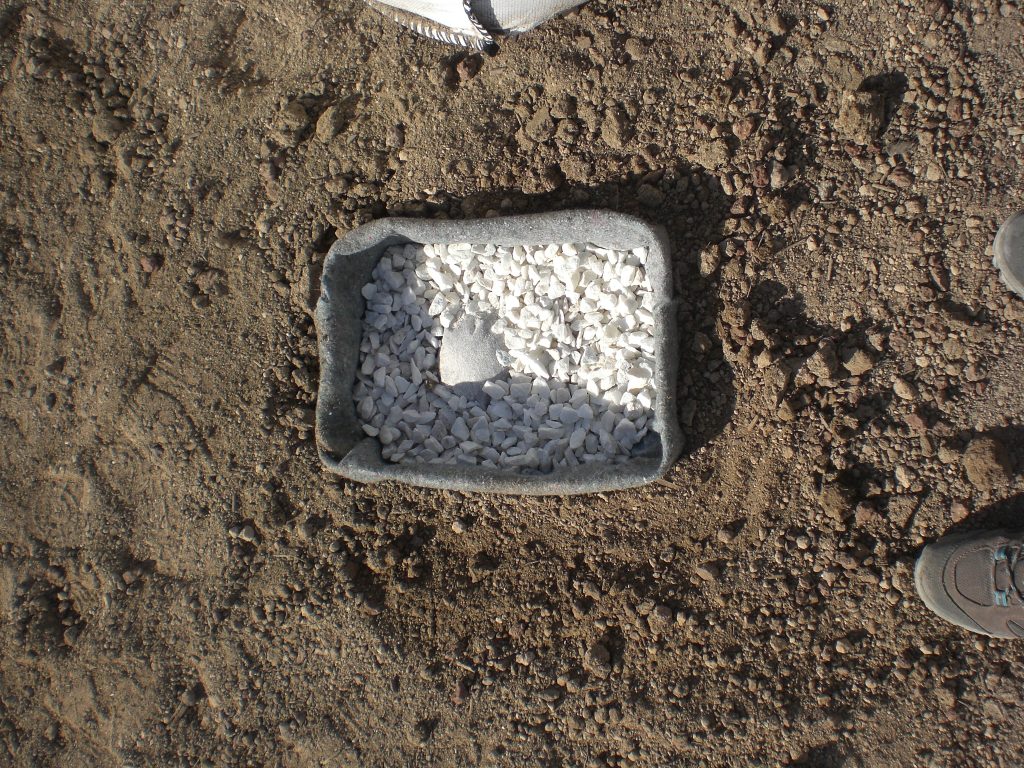
Once all the substrate had been spread, the soil was compacted with the roller, then the rake was used to compact the soil, the seeds were spread and the rake and roller were used again, finishing with manual watering.
The species chosen for this cover are a mixture of herbaceous perennials, native subshrubs, garrigue from the eastern and southern half of the peninsula, annual grasses and flowering perennials, which require little maintenance.
After about 6 months, this extensive vegetation cover looked like this:
Conclusions and recommendations
In conclusion, extensive roofs are an effective and sustainable solution to improve the energy efficiency of buildings and promote urban biodiversity.
However, their success depends on careful planning and appropriate adaptation to the local climate. It is crucial to consider the use and maintenance of the roof from the beginning of the project to ensure that it meets specific expectations and requirements.
From our experience at SingularGreen, we always recommend assessing the climate and site-specific conditions before deciding between an extensive or intensive canopy.
In many cases, a combination of both types may be the best solution to achieve a balance between low maintenance and aesthetic appeal.





